Kraków 2018-08-27
Memories of the 11th Fighter Aviation Regiment. 1990-1991.
Piotr Pluskota
Mr. Piotr Pluskota by education, as it was then called "civilian", a car mechanic, like thousands of young boys, was summoned to the Military Complementation Command (Wojskowa Komenda Komenda), to be assigned to perform basic military service. At WKU, he was referred to the TSWL (Air Force Technical School) in Zamość, to the Cadet School. This allocation was commonly called a ticket because it allowed for free travel from the family home to the Military Unit. Free travel was available on public transport: PKP, PKS and public transport.
On April 28, 1990, Piotr appeared at TSWL in Zamość. It was just after the socio-economic changes in 1989, and therefore there were no longer any political officers. The effect was not the best, because it was possible to turn to the "political" person outside the business path. A little later, "educational" was introduced.
The conditions in Zamość were good. There was a new barracks, a new canteen, good food.
Piotr started his training as a TS-11 Iskra plane mechanic, specializing in "after kerosene", i.e. refueling and refilling the plane with oil. It is important to know that the PZL SO-3 engine has three bearings. The third bearing works with loss of oil. In Zamość there were all the necessary teaching aids, including TS-11 Iskra sections. The training of the soldiers lasted four full months. He ended the training with an exam. He was also promoted to the rank of senior private and referred to the Combat Military Unit, in order to continue his service as a specialist.
Piotr was assigned to Military Unit 1465 - 11th Fighter Aviation Regiment in Wrocław Strachowice. In August 1994, pursuant to the decision of the Ministry of National Defense, the pilot and commander - Colonel Bolesław Orliński became the patron of the Regiment.
It is worth mentioning that in 1987 in Mierzęcice near Katowice, the 39th Fighter Aviation Regiment was disbanded. Mierzęcice Airport has become a base of no longer used by the Polish Armed Forces flying equipment. In 1990, there was a demonstration of the destruction of aircraft as a symbol of unilateral disarmament. Nevertheless, as a result of international negotiations, it turned out that Poland may have more combat aircraft than it actually had. Therefore, in 1989, the 2nd Fighter Aviation Squadron was formed at Mierzęcice Airport on the basis of the staff from the 11th Fighter Aviation Regiment in Wrocław. For Squadrons, the planes were obtained mainly from the depot in Mierzęcice. The squadron survived until 1999.
In the 11th Fighter Aviation Regiment at that time the commander was Colonel Gil. The officer cadre included, inter alia, Captain Żelazny, Lieutenant Garstka. The immediate superior of Piotr was ensign Mazurek.
Piotr arrived at the Military Unit in Wrocław on September 5, 1990. After checking in, he was given the care of the TS-11 Iskra nb 1806 aircraft, and a little later also the second TS-11 Iskra nb 1809.
The 11th Fighter Aviation Regiment had two TS-11 Iskra planes in stock. However, at certain times, there were more of these planes. These aircraft were mainly used for weather test flights before the MiG-21 MF combat aircraft flights. Sometimes they were used to complete the required raid for individual pilots. These planes performed at least 2-3 flights a week.
As a standard, the TS-11 Iskra plane took 1,200 liters of fuel. But with some skill from the ground crew, it was possible to "stuff" about 1,400 liters, as it was called, "under the cork". The idea was to swing the plane in such a way as to remove as much air as possible from the tanks. Iskra, fueled in this way, could stay in the air for up to 2 hours 10 minutes.
In the period June-July 1991, the RWY renovation, combined with its extension, was carried out at the Strachowice Airport. At that time, the 11th PLM was transferred to the Mierzęcice Airport. At that time, commercial traffic was already taking place at Mierzęcice Airport. There were scheduled flights of PLL LOT and charter planes.
At that time, the unit was visited by General Mirosław Hermaszewski. He expressed the desire to fly on the TS-11 Iskra plane. The remaining pilots of the unit drew lots of which of them would fly with the general. It might seem that everyone wanted such company very much. Nothing could be more wrong. The drawing was then carried out in a typical way - matches were drawn. Only one was headless. Fate fell on the young pilot, under whom his legs gave way. Piotr prepared the plane. When the general approached the plane, Piotr should report to him. But he only let out - "Mr. General ..." The voice stuck in his throat. General - "The plane is operational?" - "Yes, sir," that's what Piotr said. The general and the second lieutenant took their places in the cockpit and the plane took off quickly. It was not an ordinary flight. It was a complete acrobatics on the TS-11 Iskra. Including 2 meters flight on the landing area, cabin down. When the plane landed, the general disembarked contentedly. He only said to Piotr - “Yes. The plane is operational ". Piotr approached the second lieutenant sitting in the second cabin - "Mr. Lieutenant, help?" - "No, I'll just sit for a while."
One day, when Piotr was inspecting the TS-11 Iskra, he noticed a malfunction of the retraction and extension system of the landing gear at the left main leg. In accordance with the regulations, he reported to his immediate superior. By official route, the report reached the flight manager and commander. The plane was withdrawn to the renovation hangar, and Piotr was given a three-day award leave.
The TS-11 planes, like all planes in the regiment, underwent so-called polishing twice a year. It was a typical military activity for any type of weapon. Usually they were called the fall-winter or spring-summer transition. At that time, they generally did cleaning, washing, oiling, polishing rubber elements, and even painting the entrusted equipment. And it doesn't matter if it was a cannon, tank, radio or plane. At that time, it was possible to do with the equipment what there was no time or conditions for in normal operation. The basis was a rag and a bucket of water to which a washing agent was added. The plane was covered with foam, then rinsed and wiped dry.
During Piotr's service, no soldier was injured, let alone died. But the situations were dangerous. The spark that Piotr looked after performed sharp shooting at the training ground in Greater Poland. The aircraft is armed with one 20mm cannon with 200 rounds as standard. The pilots flew, shot and returned to the airport. They handed over the plane to the ground crew. Peter was just fastening the slider to the front leg of the undercarriage when the armorer, leaning against the cannon, shouted, "A cartridge in the barrel." Peter's legs buckled, but he managed to jump to the side. Fortunately, the situation cleared up quickly. The cartridge was not in the barrel, only the shell of the last shell got stuck in the cannon and did not fall into the collector.
Other situations did not concern Peter anymore and he was a passive spectator of them. For example, the return of the MiG-21 MF to the airport with a dropped bomb and an additional fuel tank. The second bomb was still under the wing. One time, the pilot touched down with the MiG-21 MF plane, hard and on one landing gear. The tire burst and the plane jumped upwards and hit the RWY with the other landing gear, in which the tire also burst. The plane finished the run on the rims only, tearing them off by about 2 centimeters.
Piotr, in the rank of corporal, ended his military service on August 28, 1991, after 16 months of service. It was a time when the basic military service had already been shortened from the standard 24 months. From his friends (August 28, 1991) from the 1st Squadron, Piotr remembered: Corporal Tomasz Jania, Corporal Dariusz Mytkowski, Corporal Bogdan Gacek, Senior Private Andrzej Szymoniak, Senior Jarosław Rzeczka, Senior Private Grzegorz Kulik, Senior Private Piotr Furmański, Senior Private Grzegorz Nawrot, Private Jacek Czarnota, Private Piotr Pierun, Private Piotr Fiet, Private Piotr Partyka. From the 2nd Squadron: Leszek Janus, Franciszek Stachura.
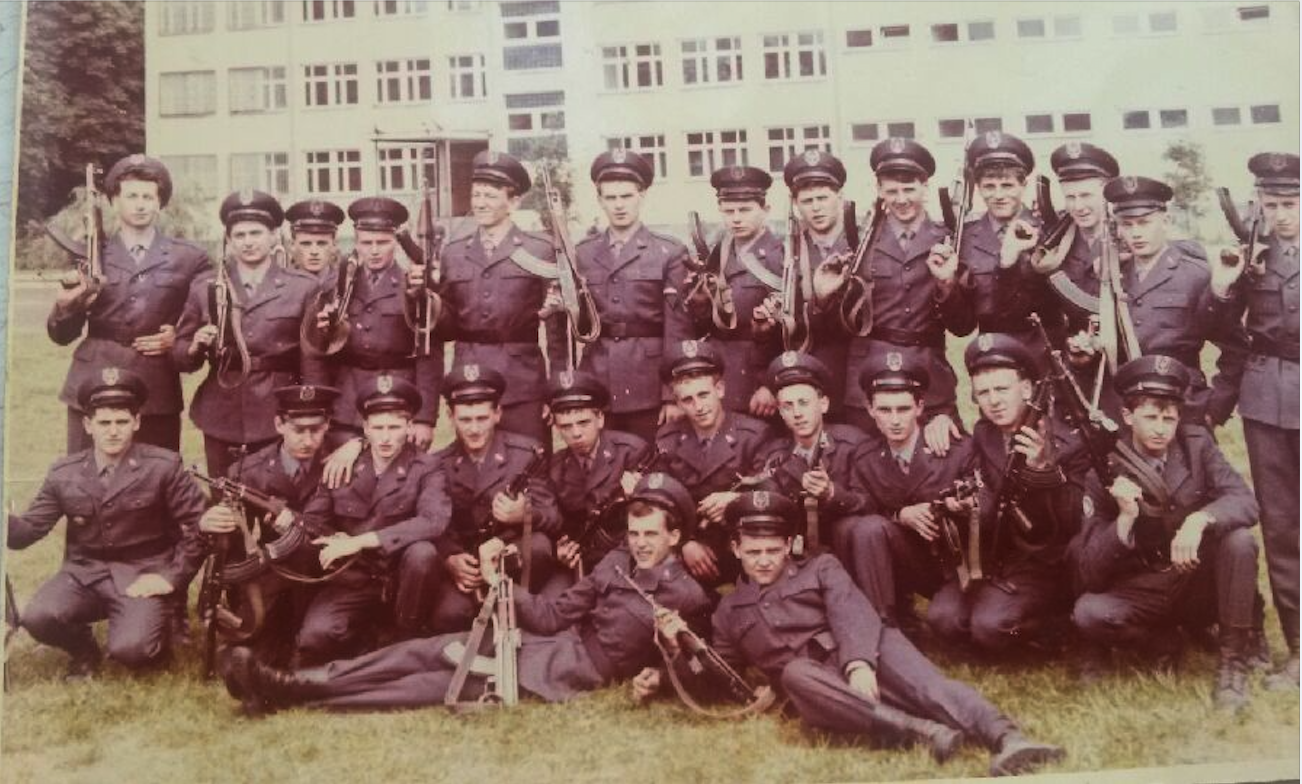
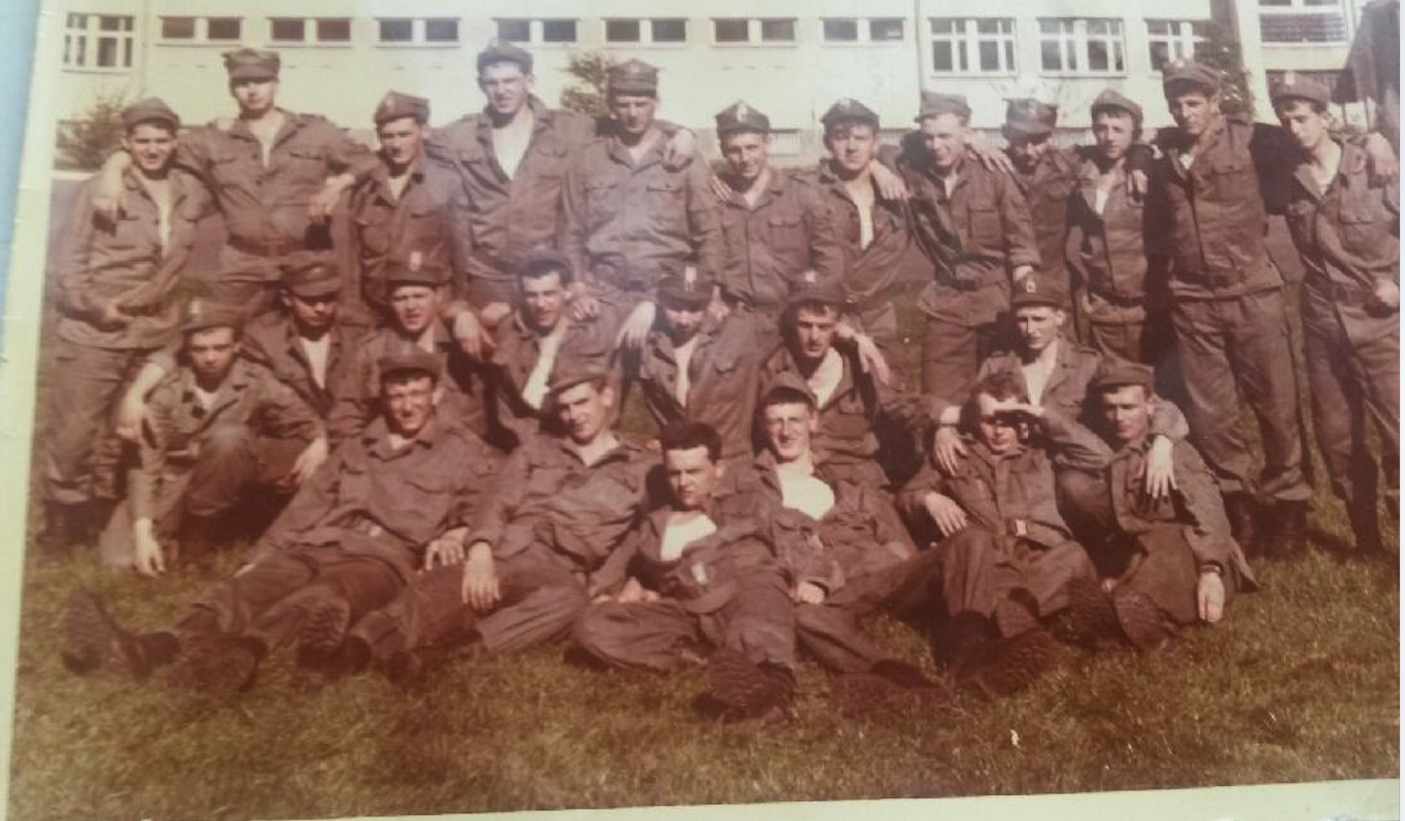
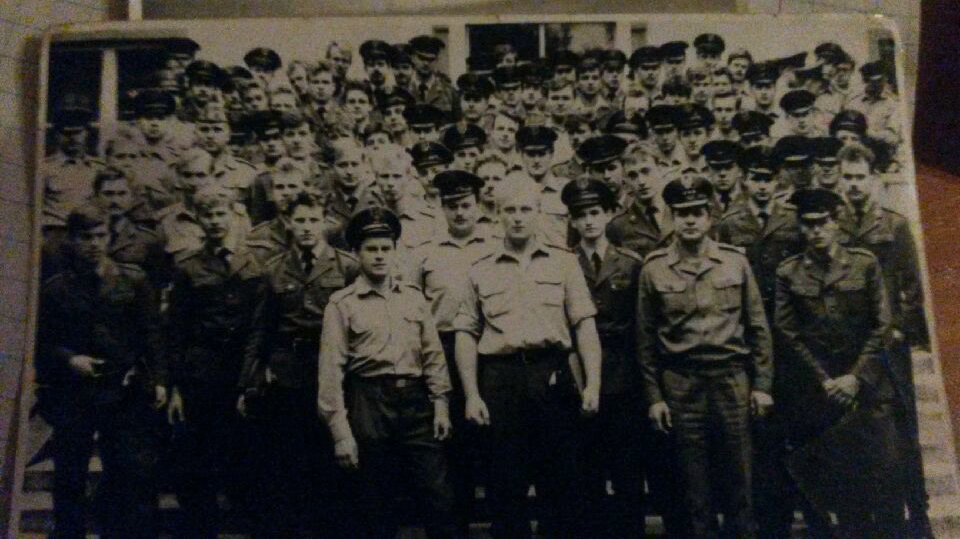
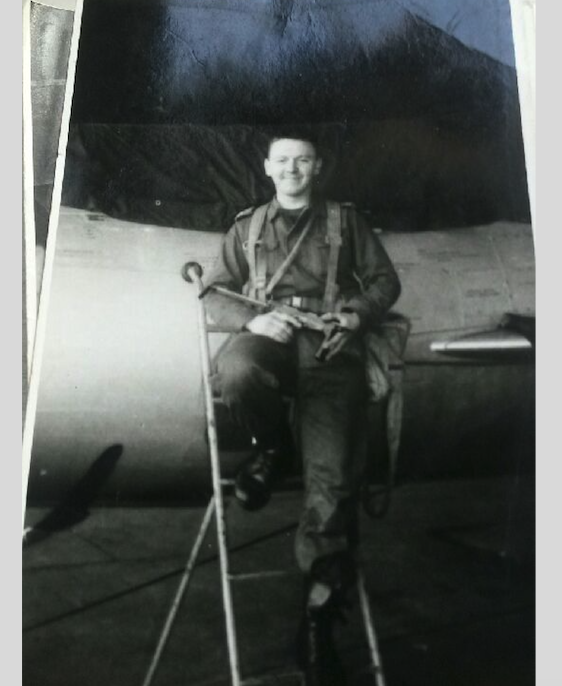
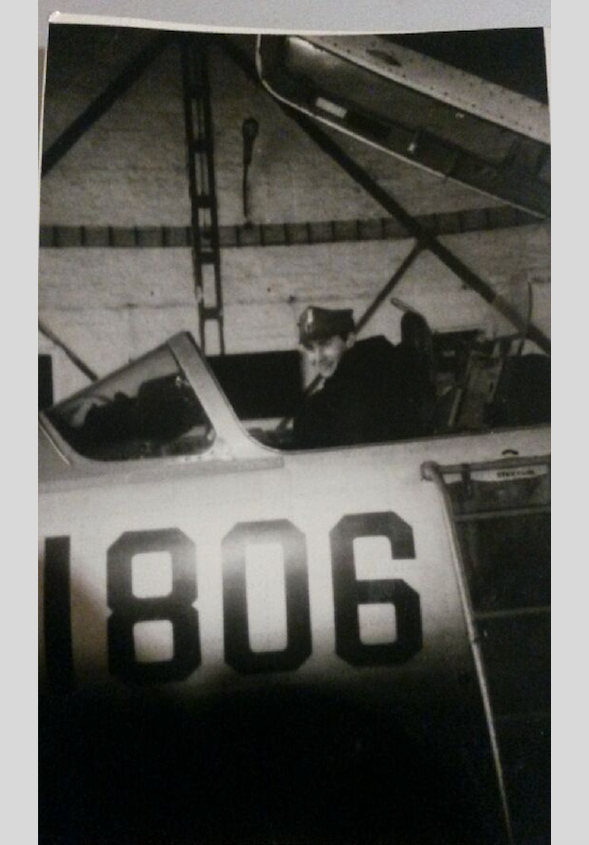
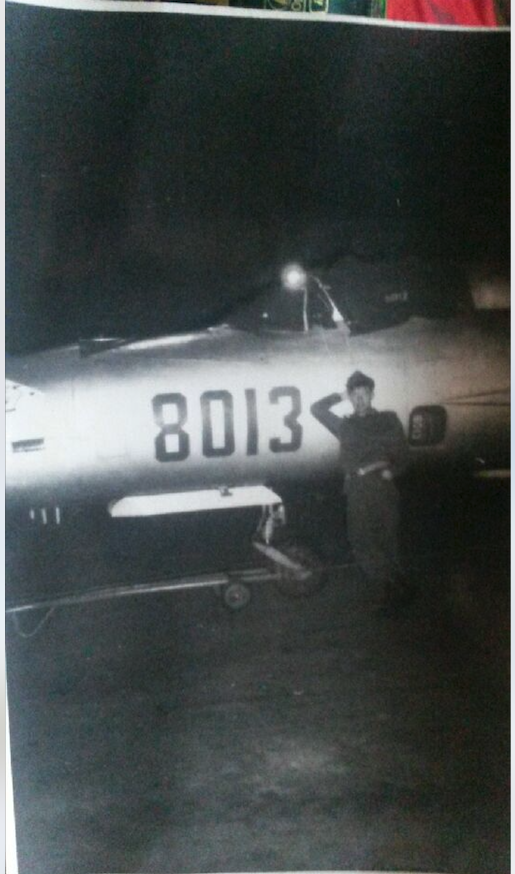
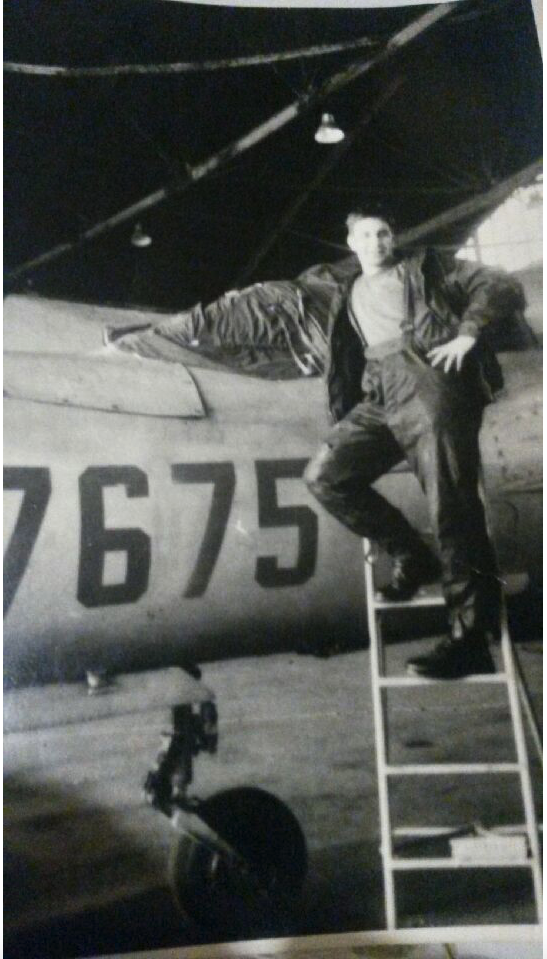
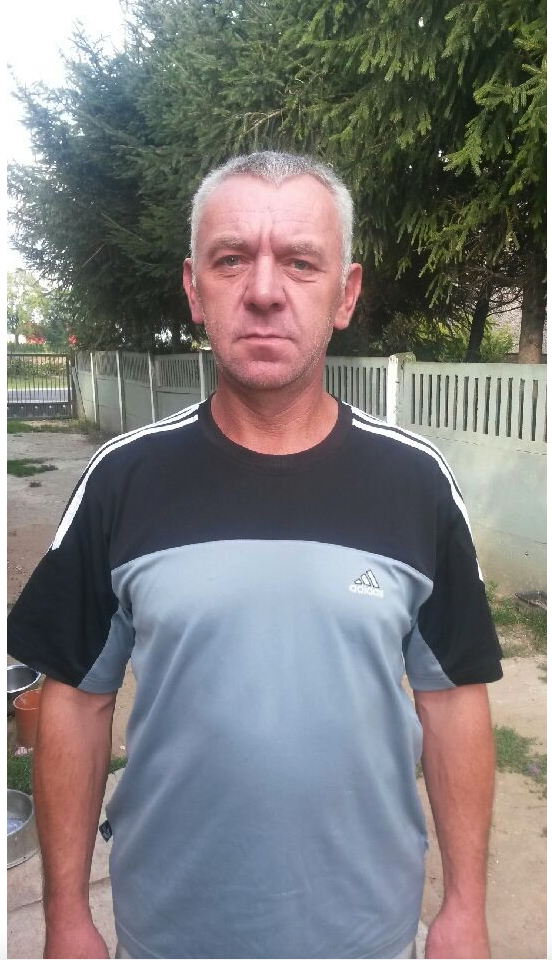
Memories of Piotr Pluskota
